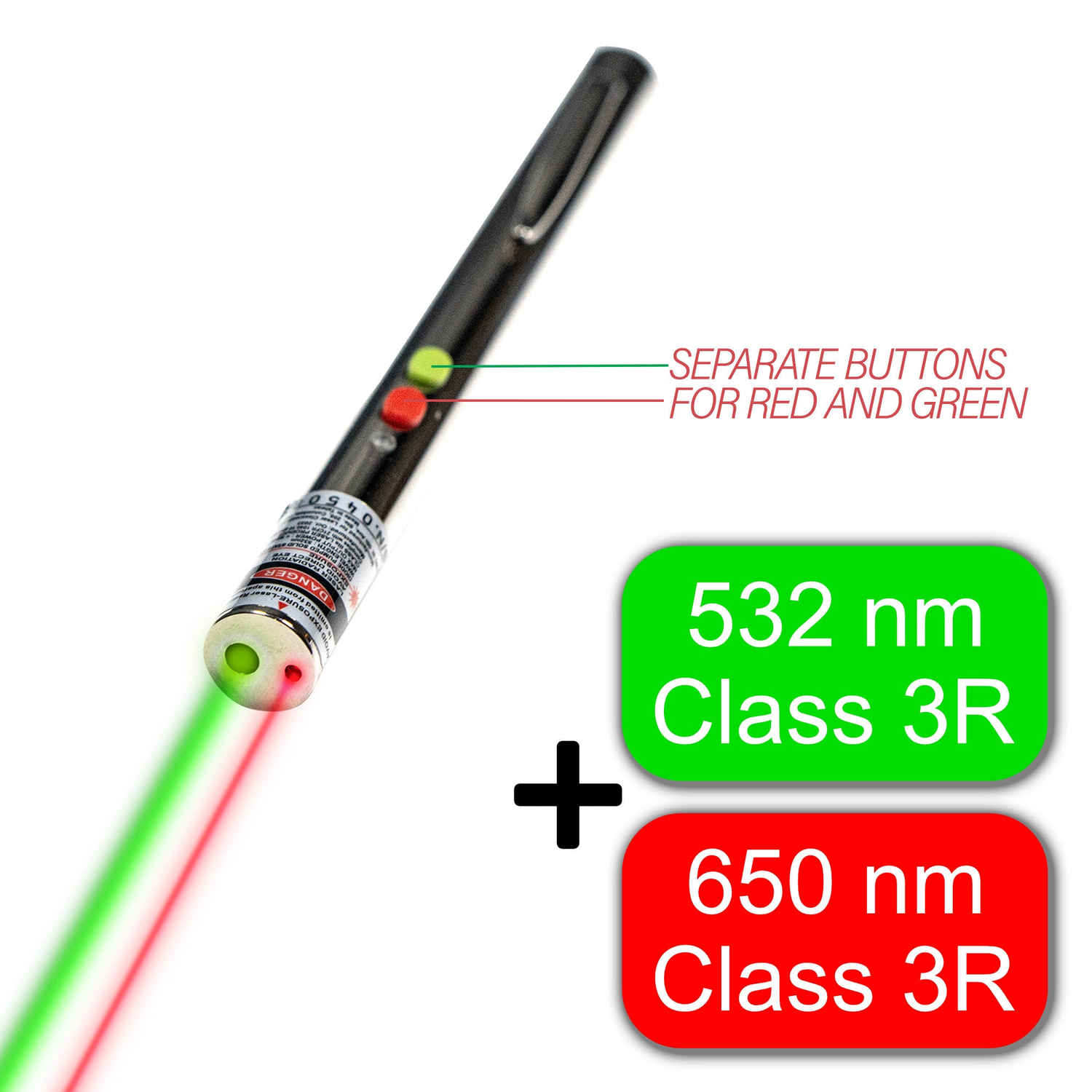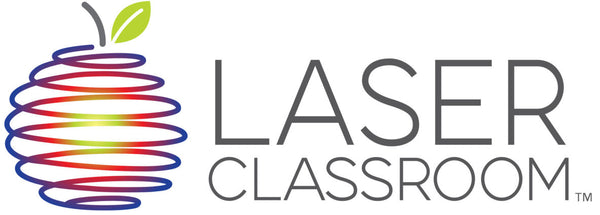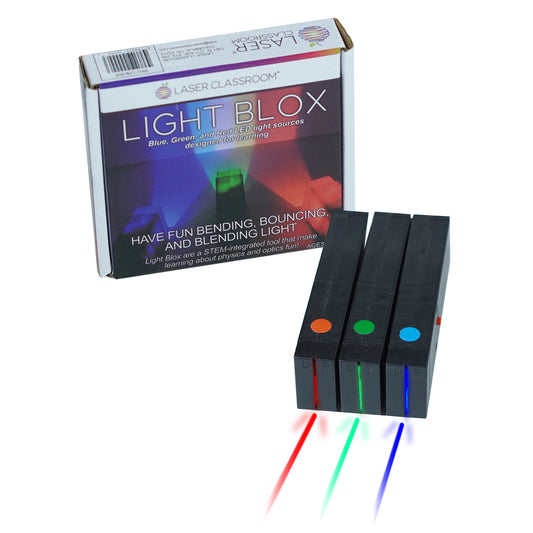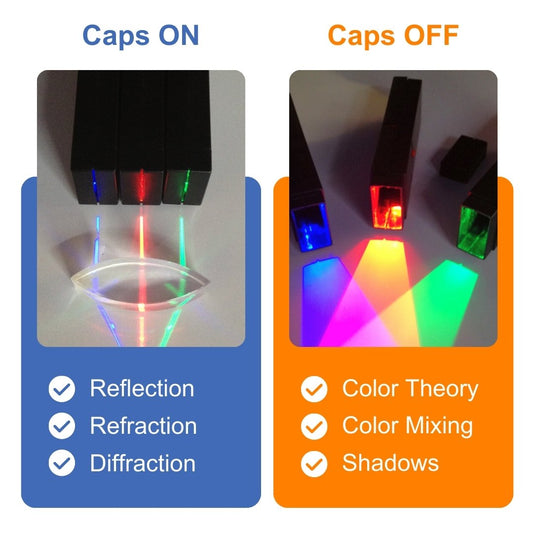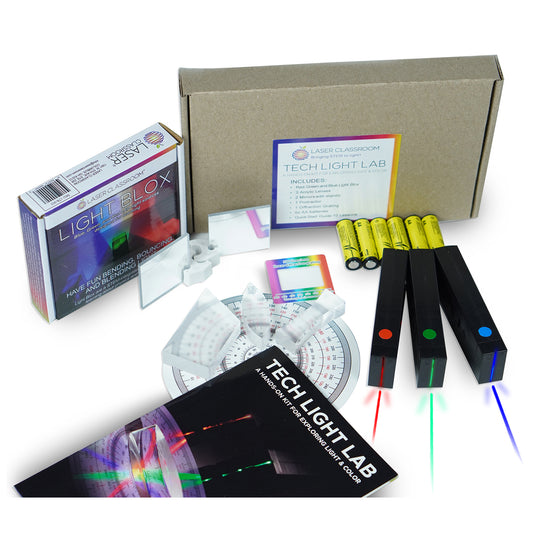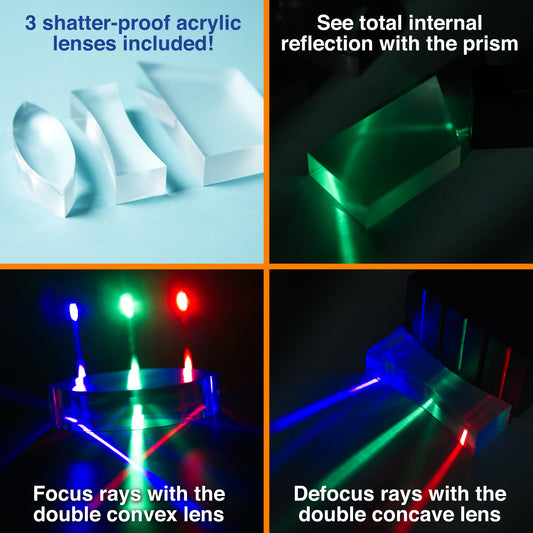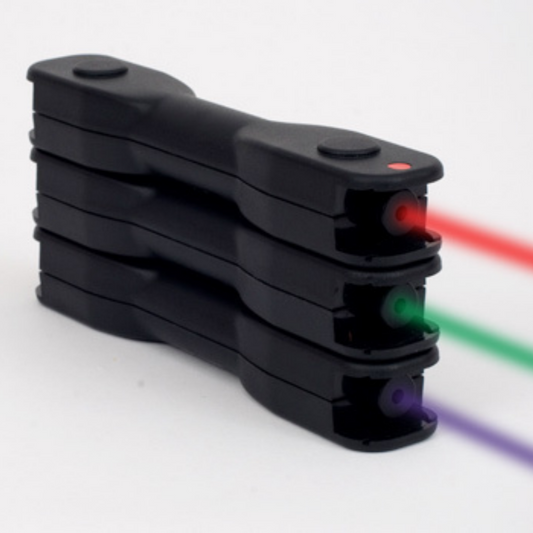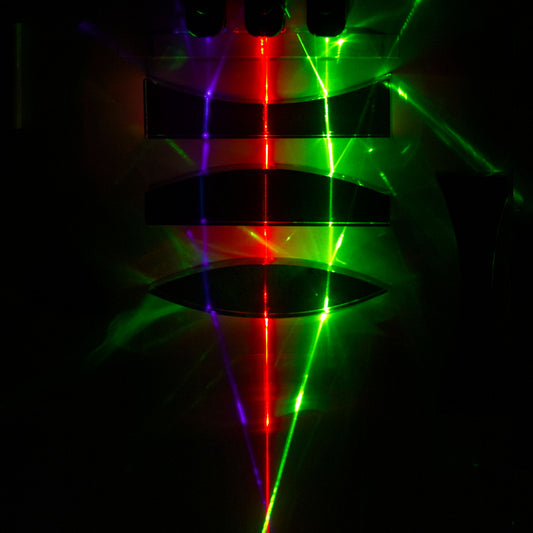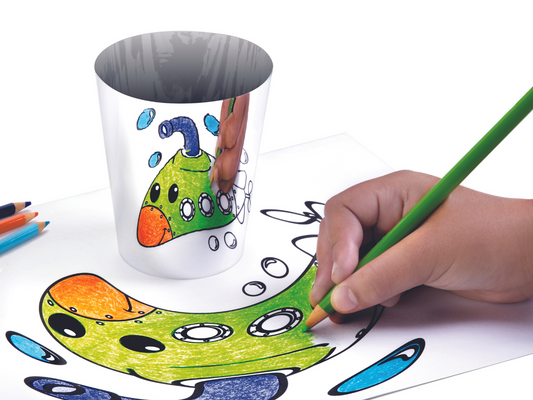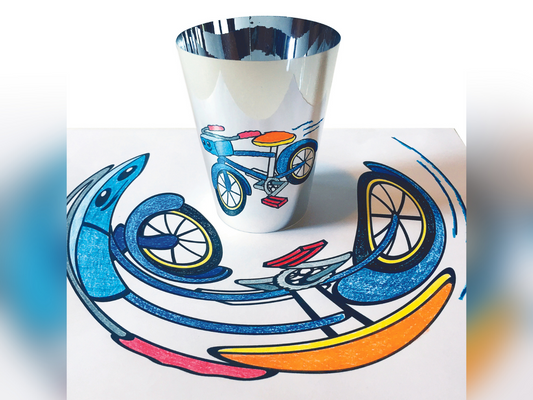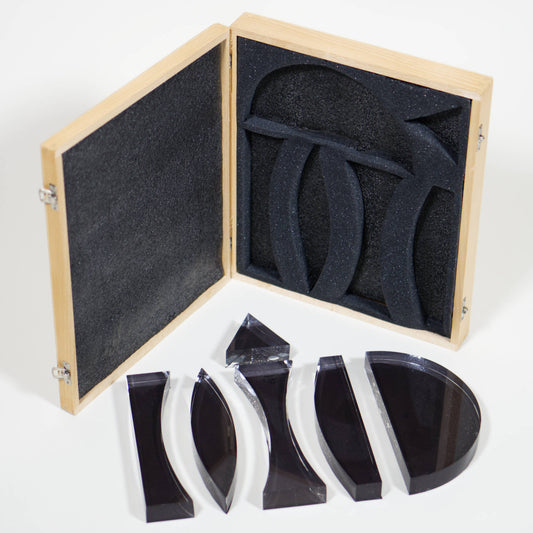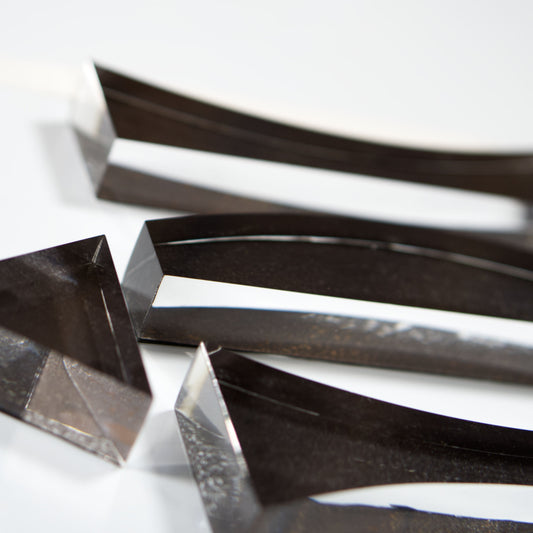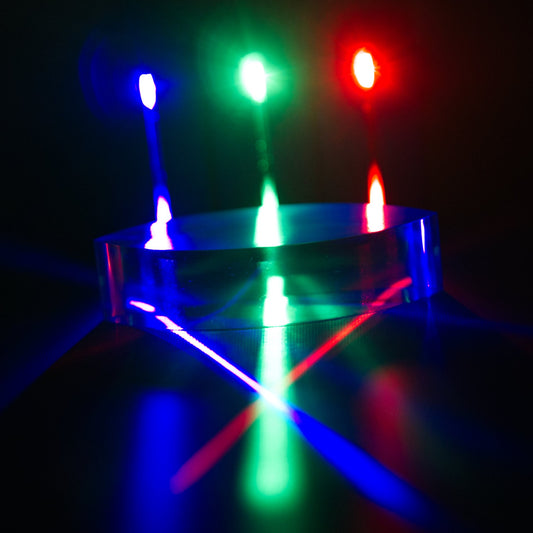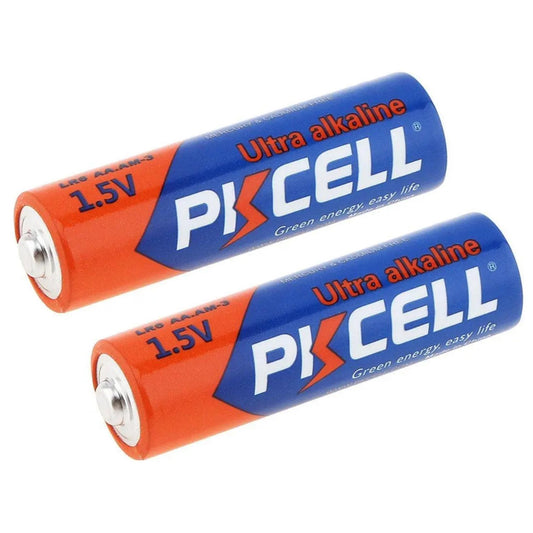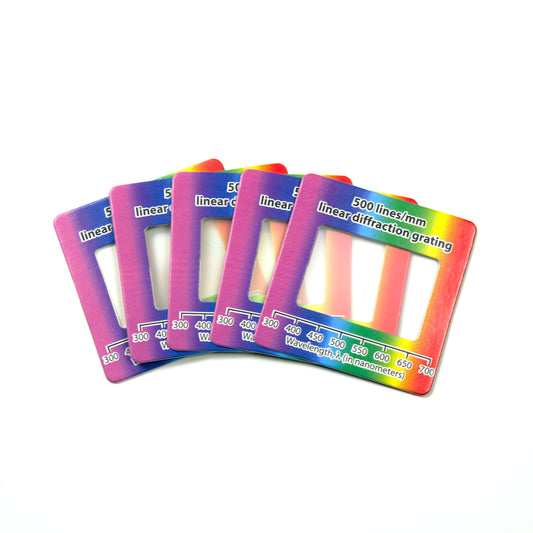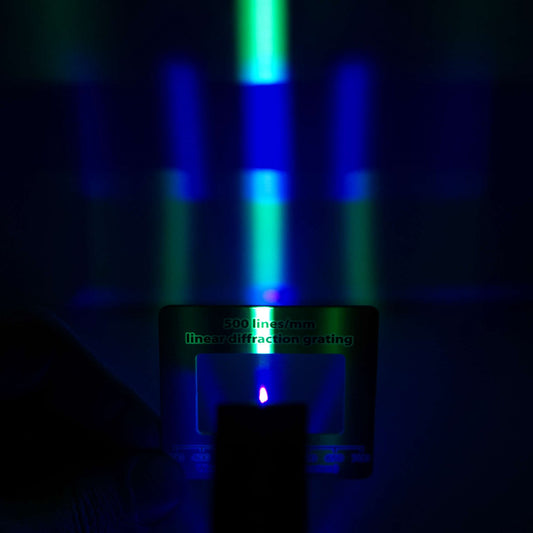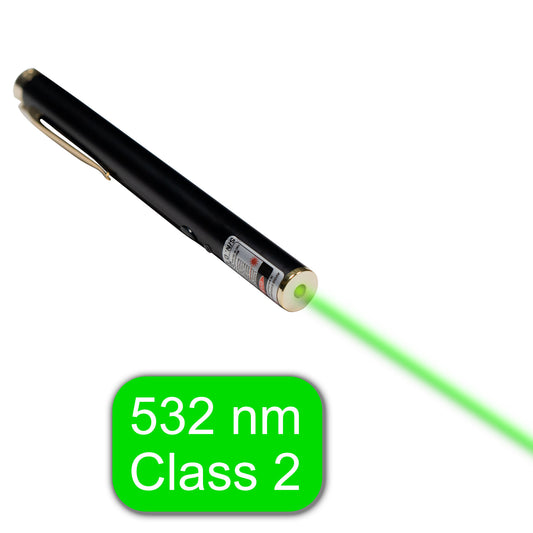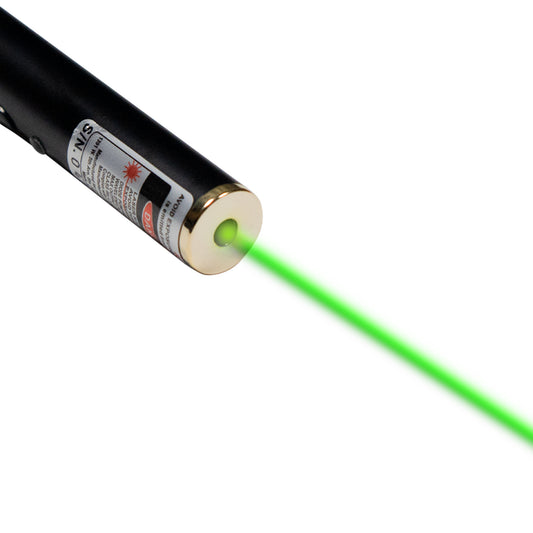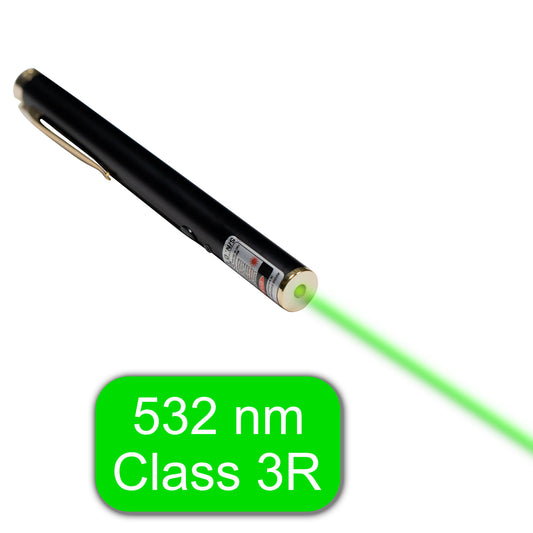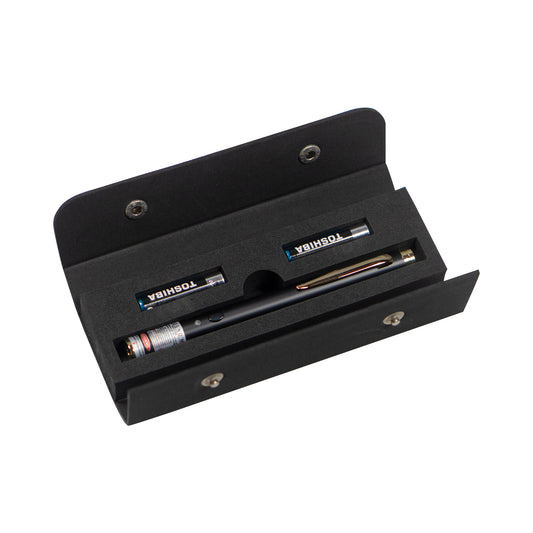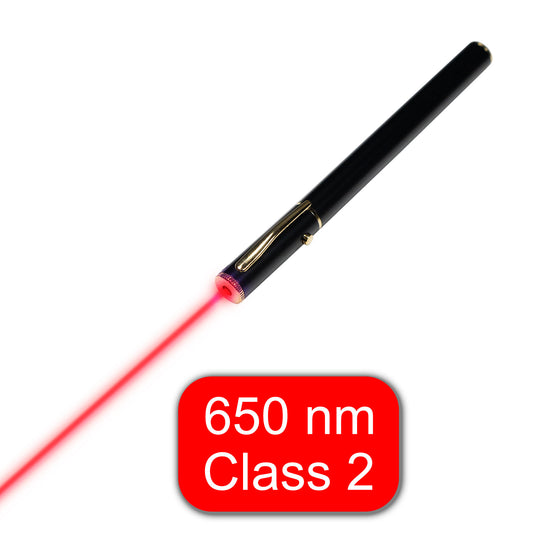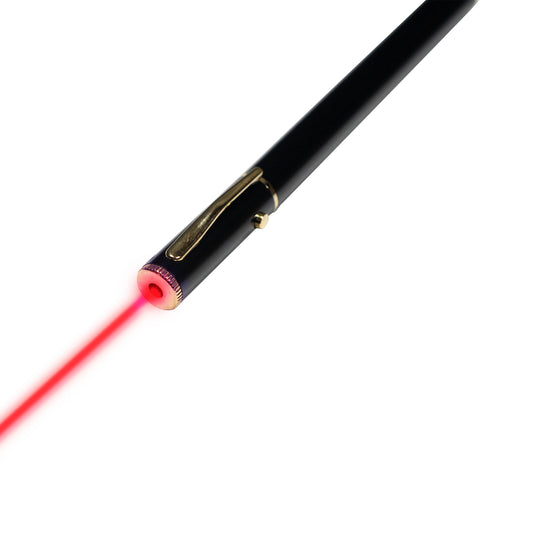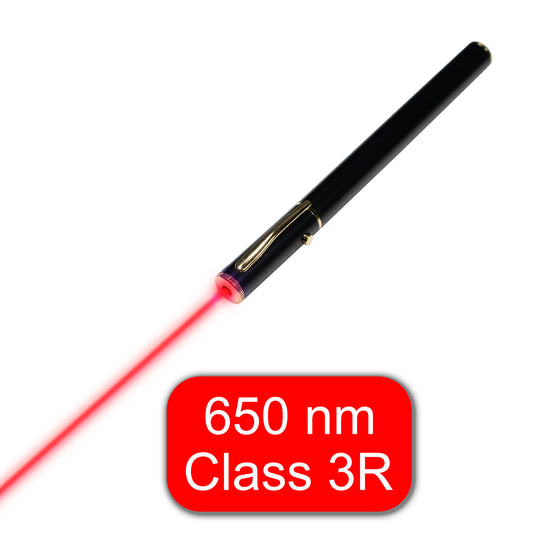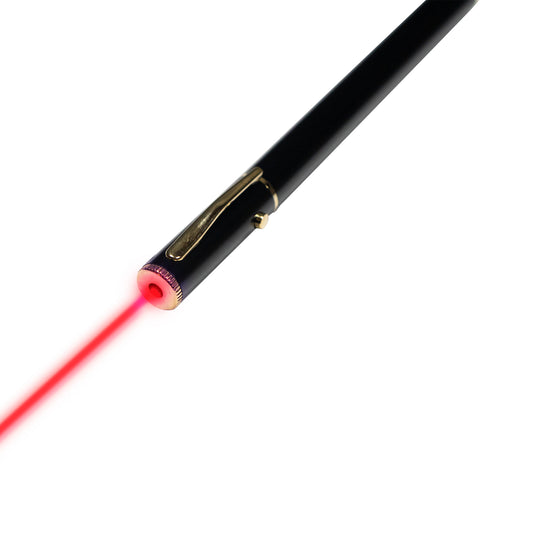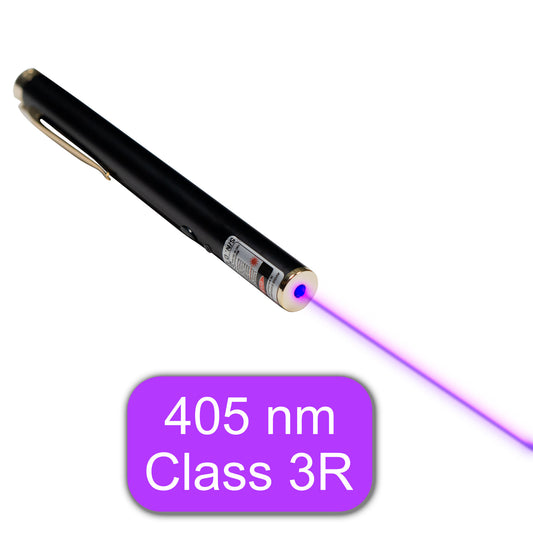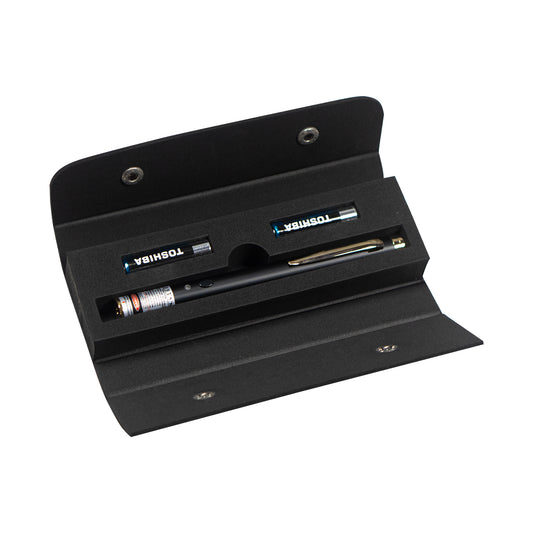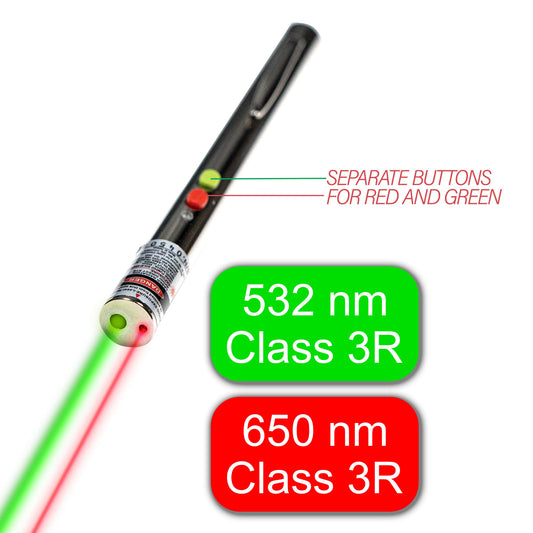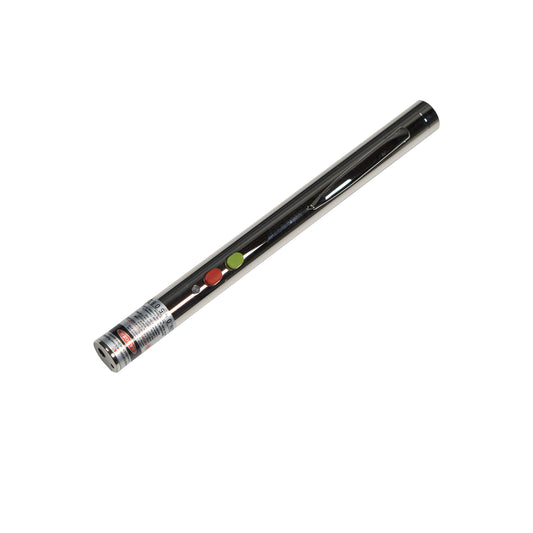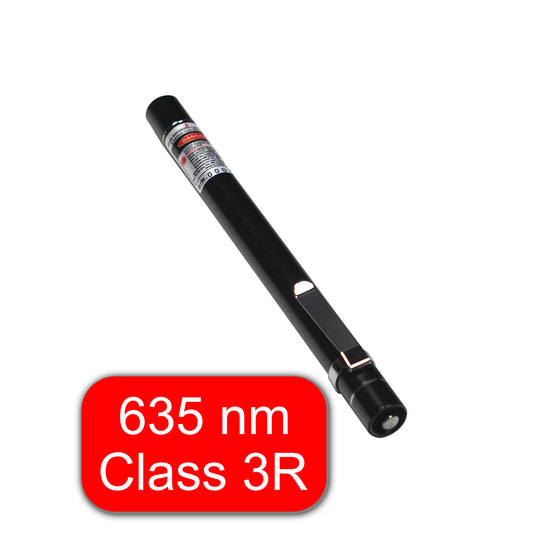Violet and purple laser pointers may appear to be the same at first glance, but are they? Let’s learn the difference and find out why violet lasers are so beneficial for science lessons and DIY STEM exploration.
Are Violet and Purple Laser Pointers the Same?
This is a frequent source of misunderstanding! In technical terms, a "purple" laser pointer does not exist. Violet, a real hue on the visible spectrum, is what most people mistake for purple.
The wavelength of light emitted by violet laser pointers is around 405 nanometers, which is just beyond the range of human vision. Our brains occasionally see this deep violet light as purple because it frequently contains visual cues of blue and red. However, it is unquestionably violet in terms of wavelength and light physics. Purple does not have a wavelength, because it’s a combination of blue and red wavelengths - it’s not monochromatic.
Therefore, a laser that is labeled as "purple" is simply a different name for a violet laser that operates at 405 nm; the beam and attributes are the same, but the labeling is less accurate.

The Science Behind Violet: Wavelength and Fluorescence
Violet laser light has a short enough wavelength (high enough energy) to cause fluorescence in many materials. At 405 nm, every violet photon has an energy value of 3.06 electron volts (eV). This makes it extremely helpful for classroom demonstrations, science fair projects, and laboratory settings. Violet lasers can be used to:
- Reveal hidden inks or pigments
- Excite fluorescence in highlighters, chlorophyll, or quinine (in tonic water)
- Demonstrate energy transitions in photoluminescent materials
Because 405 nm is close to ultraviolet (UV) but still in the visible range, violet lasers are safer to use in a teaching setting than full UV light—and they still produce that jaw-dropping fluorescence effect.
🧪 Curious to try this out? Check out our fluorescence experiment lesson or watch this demo where we use a violet laser pointer to light up glow in the dark stickers!
Where to Get a Real Violet Laser Pointer
If you want to use these in your own teaching or demos, we recommend our Class 3R Violet Laser Pointer.
It's designed for classroom use—durable, compact, and powerful enough to show fluorescence without putting anyone in danger. No complicated setup is required; simply dim the lights, aim the laser, and watch the glow.
Bonus: What Can You Shine Violet Lasers On?
Here are a few safe and easy ideas to try:
- Tonic water (quinine glows blue)
- Highlighter ink on paper
- Glow in the dark stickers like the stars on a child’s bedroom ceiling
- White T-shirts with optical brighteners
- Various minerals and rocks (some fluoresce brilliantly!)
- LEDs in tape strips like those in cheap undercabinet lighting
⚠️ While violet lasers are generally safe when used responsibly, they should not be pointed toward the eyes or shiny surfaces. If using many hours a day, it’s best to do it with safety glasses just in case.
Wrap-Up
Violet laser pointers are more than just a novelty; they are an effective teaching tool that fits neatly in a small pocket. They provide a practical means of bringing science to life, from investigating wavelengths to discovering the wonders of fluorescence.
🔗 Want to go deeper?
Browse our free lessons page or watch more experiments on our YouTube channel.
🛒 Ready to get one?
Grab your Violet Laser Pointer here
